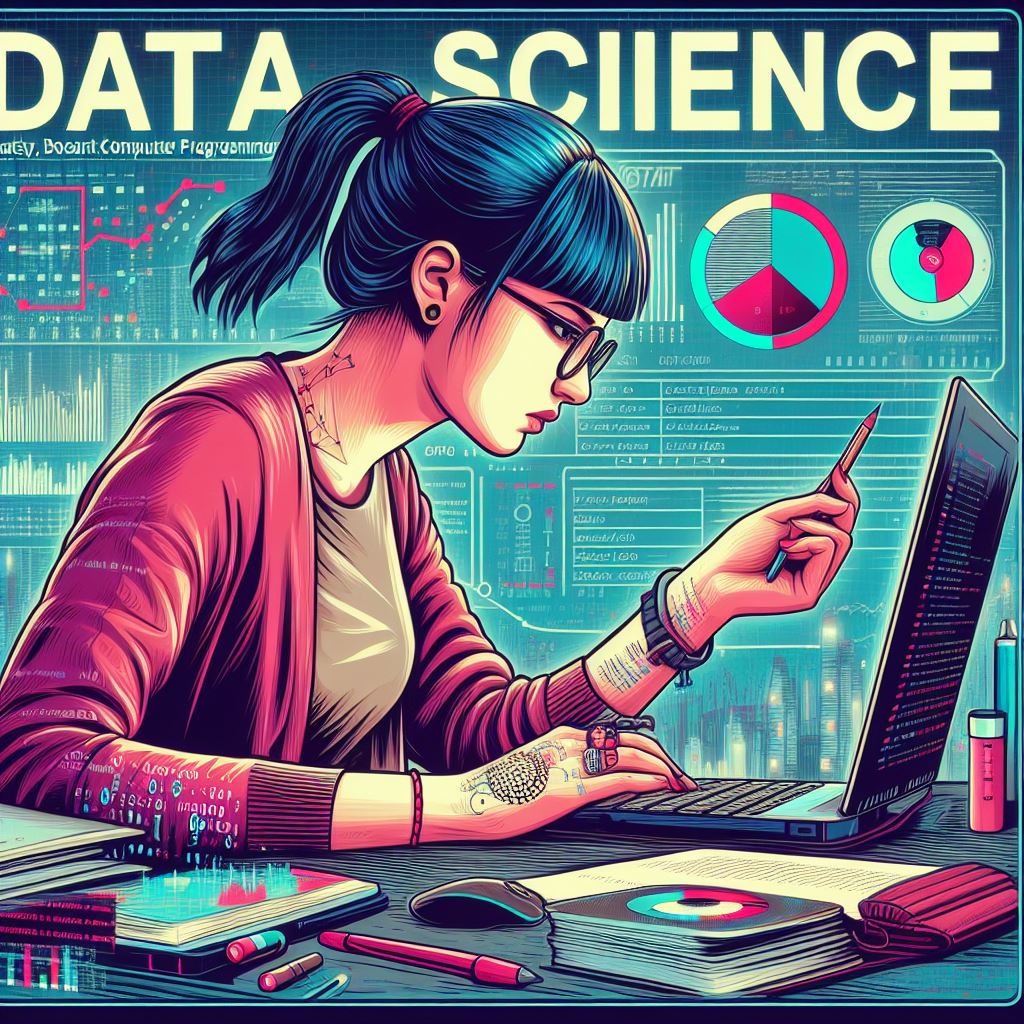In the ever-evolving world of data science, one of the most valuable skills is the ability to collect and analyze vast amounts of information. Web scraping plays a crucial role in this process, providing data scientists with the means to gather data from websites and online sources efficiently. Web scraping allows professionals to extract structured data from unstructured web pages, making it easier to derive insights, make predictions, and drive business decisions.
What is Web Scraping?
Web scraping is the process of automatically extracting data from websites using web crawlers or scrapers. This data can include anything from product prices and customer reviews to financial reports and social media trends. By scraping websites, data scientists can gather the raw data they need without manually visiting each page, saving both time and effort.
Data scientists use various scraping techniques, from simple static page scraping to more advanced methods like handling JavaScript-rendered content or bypassing CAPTCHAs. Python, with libraries such as BeautifulSoup, Scrapy, and Selenium, has become the go-to programming language for web scraping due to its simplicity and powerful tools.
Why is Web Scraping Important in Data Science?
Access to Big Data: The web is a treasure trove of valuable information. By scraping data from a wide range of websites, data scientists can access large datasets that would otherwise be difficult or impossible to obtain. This data can then be used for machine learning models, statistical analysis, and other data-driven projects.
Real-Time Data Collection: Web scraping allows data scientists to collect real-time data, which is essential for tasks like market research, price monitoring, and sentiment analysis. This dynamic data collection ensures that businesses and individuals are working with the most up-to-date information available.
Competitive Advantage: By scraping competitor websites, businesses can track industry trends, pricing strategies, and new product launches. This information helps companies stay ahead of the competition by adapting their strategies based on the latest market developments.
Customizable Data Extraction: Web scraping offers flexibility in how data is extracted. Data scientists can scrape specific data points based on their needs, whether it’s extracting text, images, links, or even metadata. This customizability ensures that the extracted data is relevant and valuable.
Cost-Effective Data Collection: Instead of relying on expensive datasets from third-party providers, web scraping offers a more affordable alternative. By scraping publicly available data from the internet, businesses and researchers can gather the information they need at a fraction of the cost.
Challenges in Web Scraping
While web scraping offers significant advantages, it’s not without its challenges. Websites often have anti-scraping mechanisms in place, such as CAPTCHAs, IP blocking, and rate-limiting, which can hinder the scraping process. To overcome these obstacles, data scientists must employ techniques like rotating IP addresses, using proxies, or employing headless browsers to mimic human-like browsing behavior.
Another challenge is ensuring that the data collected is accurate and consistent. Web pages can change their structure frequently, which means a scraper that works one day may break the next. To address this, data scientists must continually monitor their scrapers and update them as needed to ensure data accuracy.
Conclusion
Web scraping is an essential tool in the data science toolbox, allowing data scientists to collect vast amounts of information from the web and transform it into valuable insights. Whether it’s for market analysis, competitive research, or building machine learning models, web scraping opens up countless opportunities for data-driven decision-making. Despite the challenges, with the right tools and techniques, scraping can be a powerful and cost-effective way to gather data and gain a competitive edge in today’s data-driven world.


